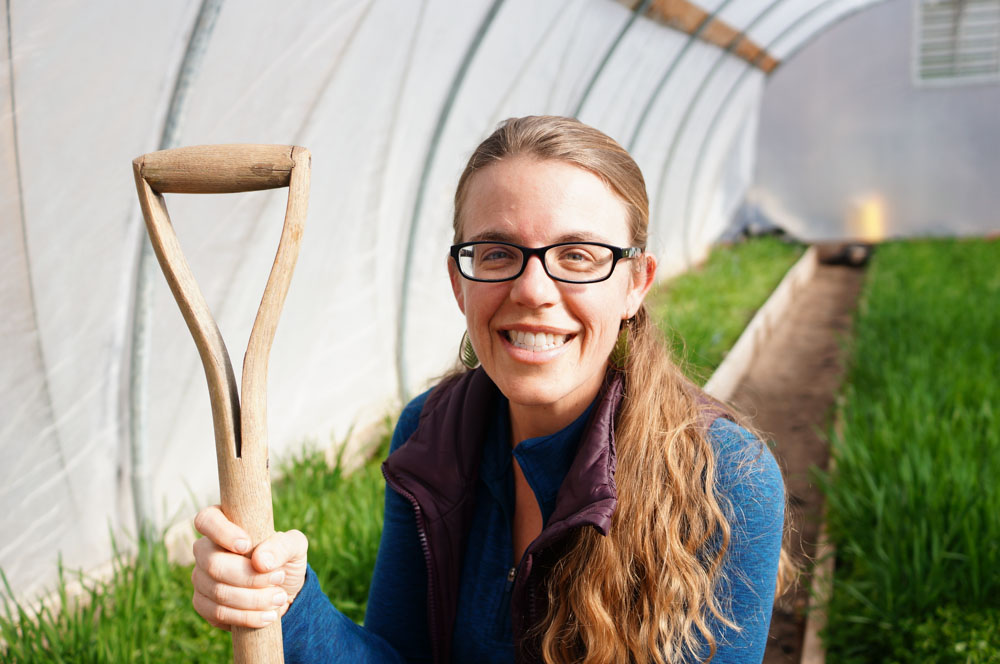Nature School Project: Tracking
In the Martin & Sylvia Nature School "Gentle Tracking" story, it is the second Thursday with no Goose-eye Wilderness School and Martin is wanting some “seven-year-old time" with his friends. When Momma invites Griffin, one of the Goose-eye children, to join them on a hike, Martin is frustrated and disappointed that his younger sister Sylvia has to be included. But then, as they quietly and gently follow deer tracks through the snow, Martin's mood transforms from one of tightness and resentment…into something gentler.
Tracking animals with children is a fun and easy activity to do. We're not hunting them, merely look for signs that they have been there and trying to see where they came from and where they are going.
The easiest way to start learning about tracking is to simply go outside in a sandy area like a backyard or playground. Have your child take a step in the sand and then step backwards. Now look at the track they have made. Take a few minutes to look at the track and see how deep it is into the sand. Is it a whole impression or only partial?
Now comes the fun part, looking for tracks you did not make yourself. Look around the sandy area and see if you can find other tracks, dogs, humans, squirrels maybe?
Learning to find tracks is a great way to deepen your connection to nature and hone observation skills.
The easiest places to go to find tracks will be river banks, sandy washes, lakes shorelines and snow. Mud and snow are particularly great mediums for holding tracks.
Before setting out, check out a few guides on animals tracks in your area or look online to print up a few track sheets, so if you do find tracks you can identify them.
look on the shoreline near tall reeds or grass
in the snow look at the base of trees and under low hanging branches
in the snow it's helpful to go out after the first snow fall, so the tracks will still be fresh
look in small sandy washes, (this one is particuarly for desert dwellers. Coyotes, javelina, deer and sorts of other animals travel though the washes)
There are a few handy things to have when you go out as well.
- food and water of course
- magnifying glass
- animal track guide sheet
- camera for documenting your finds
- small sketch book and pencil to draw what you find if you want or take down notes
Once you have seen some foot prints, look around for other signs the animal has been there. For example, scat(poop), matted down grass or broken branches, gnaw marks on trees, feathers or broken up pine cones.
Learning to track animals will help you and your child to see your that your environment is a much busier place then you ever imagined.
Happy Tracking!
Online resources:
About the Author

KC Pagano
KC is a full-time radical homemaker and mama to two spunky little girls. She writes about all kinds of radical goodness, from gardening and cooking with whole foods to crafting, sewing, homeschooling, and mama musings. Read more on her blog The Nettlesome Life.

